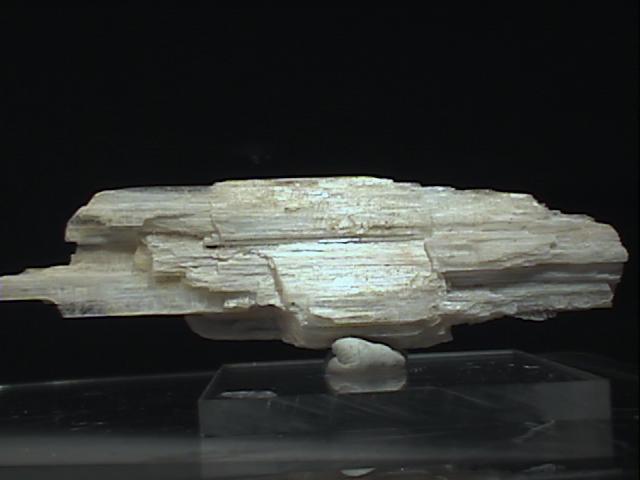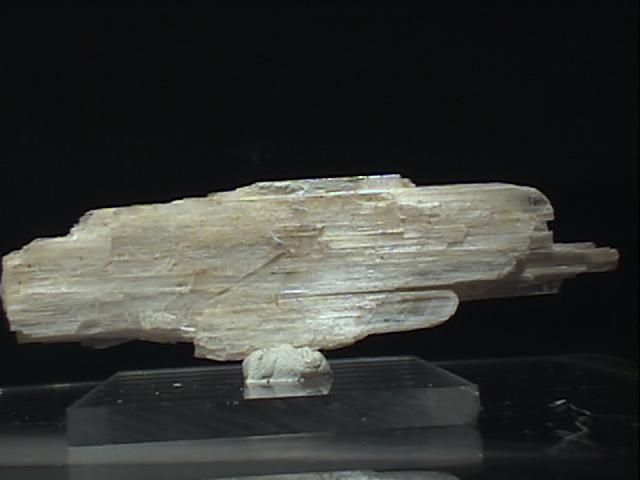 The Mineral EUDIDYMITE
The Mineral EUDIDYMITE
- Chemistry: NaBeSi3O7(OH), Sodium Beryllium Silicate Hydroxide.
- Class: Silicates
- Subclass: Inosilicates
- Uses: Only as mineral specimens.
Specimens
It is interesting to note the difference between the naming of the minerals eudidymite and epididymite. Epididymite gets its name from the Greek words for "near" - epi and "twin" - didymus in allusion to its "near twin", eudidymite. Epididymite and eudidymite are not actually twins of course, but dimorphs! Dimorphic minerals are minerals that share the same chemistry, in this case NaBeSi3O7(OH); but they have different structures. Epididymite's structure is orthorhombic and eudidymite's structure is monoclinic in symmetry. The best known dimorphs are diamond and graphite, both of which are made of carbon, C, but have very different structures.
Eudidymite and epididymite are found in the unusual igneous intrusive rocks called agpaites.
These rocks are similar to nepheline-syenites but are enriched in alkali metals and exotic elements and conversely low in aluminum and silica.
Sodium is the chief alkali metal that is present in agpaites and so it is no surprise it is found in eudidymite.
Beryllium is one of those exotic elements that is in unusual concentrations in agpaites and thus allows minerals like eudidymite to form.
It is the collector that is rewarded by these unusual rare mineral producing rocks and agpaite deposits are always on the "locality radar" of mineral collectors.
Places like Kola Peninsula, Russia;
Mont Saint-Hilaire, Canada;
PHYSICAL CHARACTERISTICS:
- Color is usually white or colorless, but can be pale pink, gray, yellow, blue or violet.
- Luster is vitreous to silky or pearly.
- Transparency: Crystals are transparent to translucent.
- Crystal System is monoclinic; 2/m.
- Crystal Habits include tabular crystals and aggregate spherulites. Twinning forms stellate figures with wedge shaped spokes.
- Cleavage: is perfect in two directions.
- Fracture is uneven.
- Hardness is 6 - 7.
- Specific Gravity is approximately 2.5 - 2.6 (average for translucent minerals).
- Streak is white.
- Associated Minerals include nepheline, aegirine, catapleiite, natrolite, fluorite, rhodochrosite, feldspars, micas and analcime.
- Notable Occurrences include Kola
Peninsula, Russia;
Mont Saint-Hilaire, Quebec, Canada;
Langesundfjord , Norway and Narssarssuk, Greenland. - Best Field Indicators are crystal habit, cleavage, associations, locality and hardness.



